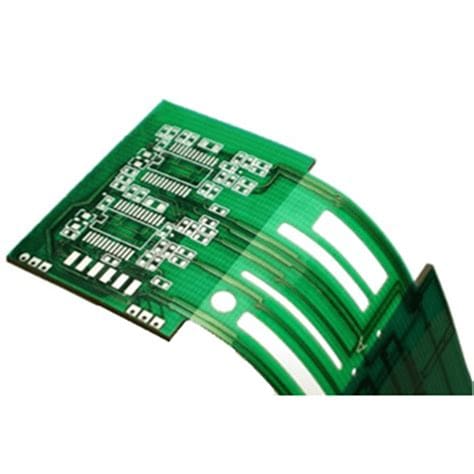
Flexible PCB Cost: All that You Need to Know
What are Flexible PCBs? Flexible PCBs, also known as flex circuits, are a type of printed circuit board made from thin, flexible materials like polyimide[…]
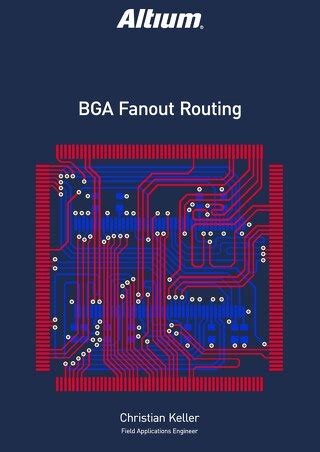
pcb routing tips navigating your way through bga fanout options
Understanding BGA Packages Before diving into fanout options, it’s important to understand the basics of BGA packages. A BGA is a surface-mount package that uses[…]
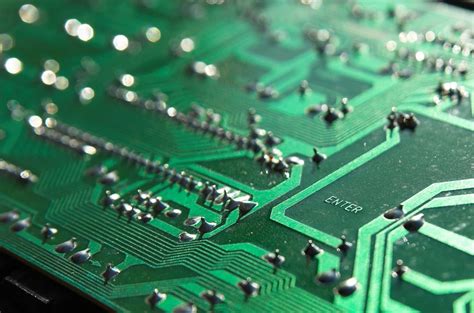
pcb simulation software
What is PCB Simulation Software? PCB simulation software is a type of computer-aided design (CAD) tool that enables engineers to create virtual models of printed[…]
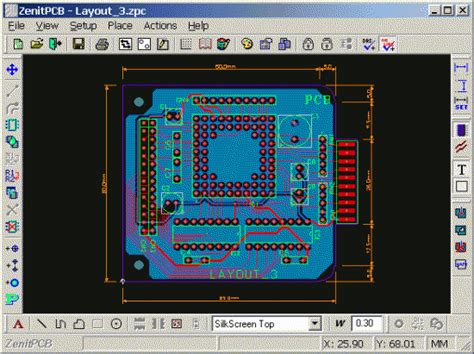
pcb design software download
Introduction to PCB Design Software Printed Circuit Board (PCB) design software is an essential tool for anyone involved in the creation of electronic devices. Whether[…]
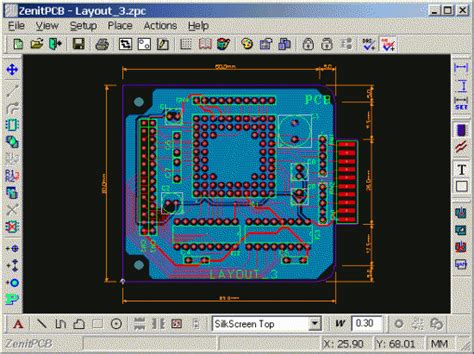
pcb programming software
What is PCB Software? PCB software, also known as PCB design software or PCB layout software, is a specialized tool used to create and edit[…]
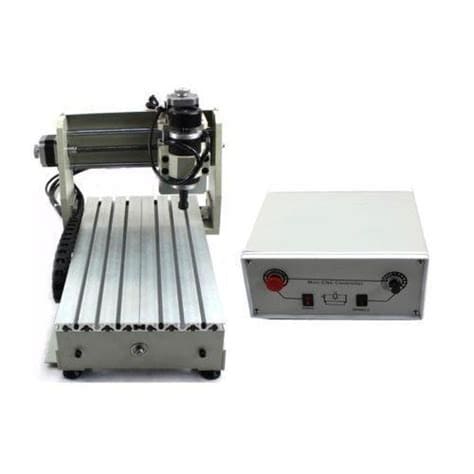
pcb router software
What is PCB Router Software? PCB router software is a specialized computer-aided design (CAD) tool used in the design and layout of printed circuit boards[…]
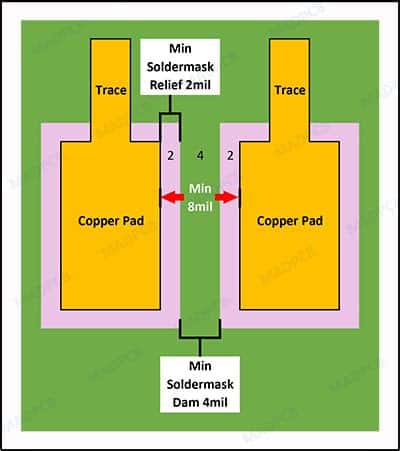
how choose correct solder mask your pcb
What is a PCB Solder Mask? A PCB solder mask, also known as a solder resist or solder stop mask, is a thin lacquer-like layer[…]
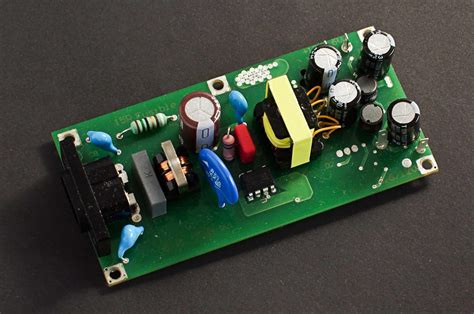
pcb size and pad size guidelines
Introduction to PCB Design Guidelines Printed Circuit Boards (PCBs) are the backbone of modern electronics. They provide a platform for mounting and interconnecting electronic components,[…]
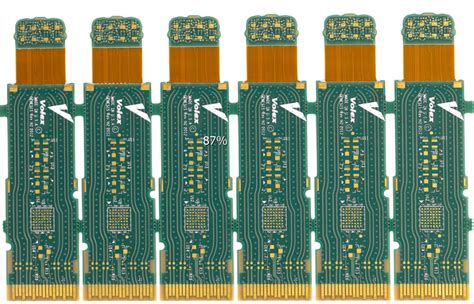
pcb software licensing subscription vs perpetual models
What is PCB Software Licensing? PCB software licensing refers to the legal agreement between the software provider and the user, outlining the terms and conditions[…]
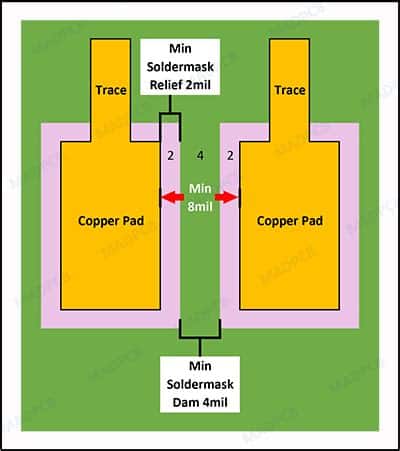
pcb solder mask
What is a PCB Solder Mask? A PCB (Printed Circuit Board) solder mask, also known as a solder resist or solder stop mask, is a[…]